The most significant benefits of cassette toilets for RVs are their compact size and affordability. These toilets are also easier to clean and have less potential for foul odors since you’ll empty them more often. The portability of cassette toilets also allows you to take the tank to the dump station instead of driving the entire RV there.
Unlike traditional RV toilets that flush into the black tank secured to your RV’s underbody, cassette toilets allow waste to go into a small, portable waste tank. You can remove the waste tank, take it to a campground toilet or dump point, and discharge the waste.
After the COVID lockdown period, I considered downsizing from a 25′ Thor Axis Class A to a NUCamp Tab 320 S. The idea was to get something small – a 15′ TT – and light enough to be towed by a small SUV. Given the size, little room is available, so most teardrop campers use cassette toilets.
This situation made me very familiar with the Thetford C402 cassette toilet model. Since then, I’ve had an affinity for this waste management option. I investigated further, comparing the benefits and downsides of using cassette toilets over traditional RV toilets across different motorhome models.
In the rest of this article, I’ll walk you through the significant benefits of using cassettes and possible reasons that can make you consider other waste management options for your motorhome.
As a bonus, I’ve included the steps I follow to properly manage and maintain my cassette toilet, which can serve as a guide if this is your first time using this option. So I encourage you to read to the end.
How Do Cassette Toilets Work?
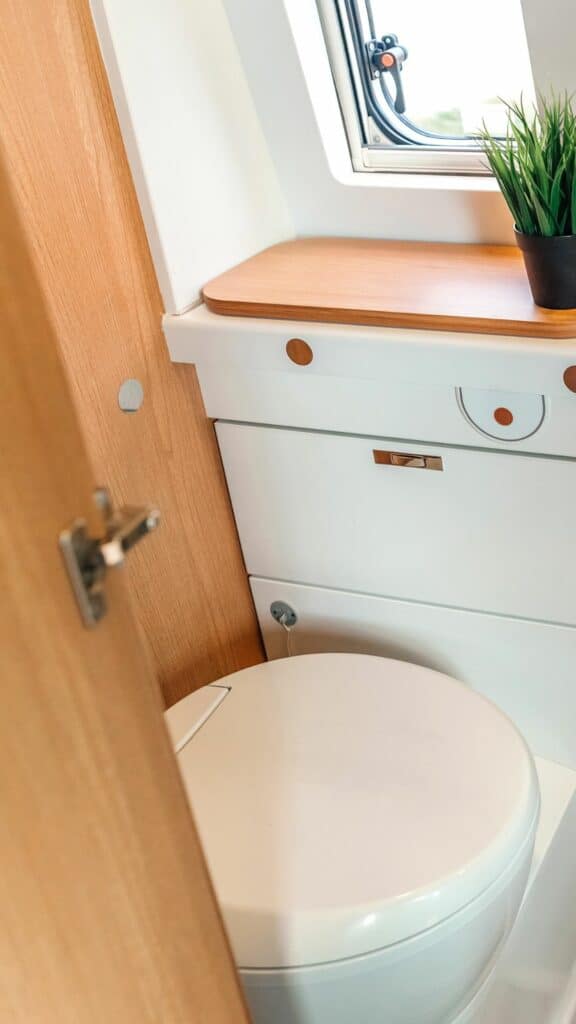
A Cassette Toilet is a popular portable toilet used in RVs, campervans, and other recreational vehicles. It consists of two main parts: the toilet bowl and the waste-holding cassette.
The toilet bowl functions similarly to a regular flush toilet, while the waste-holding cassette is a removable tank that stores the waste until you need to empty it.
You’ll have to open the compartment’s access door to empty the cassette, usually outside the RV. For instance, my Nucamp Tab accesses the cassette from a hatch on the back of the rig. I like this because there is no concern about spilling anything inside.
Next, you pull the waste-holding cassette from its compartment and place it in the designated area inside the toilet cabin.
Meanwhile, inside the toilet cabin, you’ll find the toilet bowl with a seat and a flushing mechanism. You use it like you would a regular toilet. For some models, an LED display lets you know when to empty the cassette.
5 Advantages of Cassettes Toilets For RVs
Here are the five significant benefits of using cassettes toilets for RV camping:
- They are compatible
- Easy to dump waste
- An affordable option
- Effectively mobile
- Easy to maintain
They Are Compatible
Cassette toilets for RVs come in various sizes. Still, the typical dimensions are approximately 15 to 18 inches (38 to 46 centimeters) in height, 13 to 15 inches (33 to 38 centimeters) in width, and 16 to 20 inches (41 to 51 centimeters) in depth.
These dimensions vary slightly depending on the specific model and brand. Still, the cassette toilet is more compatible and saves space in the RV than standard RV toilets, which are usually approximately 15 by 19 by 20 inches.
This means a cassette toilet can tag along no matter the rig you’re traveling on a camper van, truck camper, travel trailer, or even a tent. It doesn’t use a large amount of space.
Easy To Dump Waste
Each cassette toilet has its peculiar modifications, but it’s generally easier to discard waste from this type of toilet than traditional RV toilets. You only need to unscrew the drain cap and dump the waste into an approved dumping site.
My Thetford cassette toilet features a pullable handle, a screw cap, and an emptying spout that you hold to increase airflow while dumping. This allows the waste to drain from the tank quickly.
An Affordable Option
Another fantastic advantage of using a cassette toilet is the affordability factor. If you’re looking for a cheap solution to including a toilet in your RV or any camping setup, a cassette toilet is the way to go. Plus, it’s flexible enough for both temporary and permanent solutions.
You will only need up to $100 for a decent cassette toilet, except if you fancy high-end options like the Thetford Porta Potti 365, which costs around $160.
Still, it’s cheaper than the Separett Villa and similar composting toilets that can set you back for as high as $1,000 and also needs ventilation for proper installation. Composting toilets may be a good investment for long-term usage, but cassette toilets are better in a small camping enclosure.
It Is Effectively Mobile
You can remove cassette toilets from your RV and use them anywhere else. This is an excellent advantage if you go on tent camping trips. You can pull the cassette out as a portable toilet in the woods.
You don’t necessarily need ventilation since it’s not attached to anything. In other words, it requires minimal plumbing work.
With this in mind, you can always rely on cassette toilets if you rent RVs often. You can bring it along as your little toilet if you don’t want to use the one provided in the rented RV.
Most cassette toilets have suitcase style – pullable handles and wheels that make them effectively mobile when taking them to the dump point.
Easy To Maintain
As long as you are comfortable with regular waste dumping, cassette toilets are easy to maintain. You’ll clean them and use deodorizing chemicals like in your home toilet.
Although some components of the cassette toilets are not immune to wear and tear, they will require minimal maintenance for years of usage. The waste holding tank requires more attention in terms of care compared to other parts.
But generally, the goal is to keep them clean and without odor by using deodorizing packets.
What Are The Downsides Of Using Cassette Toilets?
Cassette toilets can be a convenient sanitation solution for RVs, but they also have some downsides. Here are some of the main drawbacks:
Limited Capacity
Camper cassette toilets hold from four to five gallons, compared to regular black tanks that have between 15 gallons and 45+ gallons capacity. Depending on usage, you dump wastewater with a cassette toilet in your RV every two to five days. If there are no proper disposal facilities nearby, this can be inconvenient and unpleasant.
Smells And Odors
Because cassette toilets have a smaller holding tank and are often located closer to the living space, there is a higher chance of unpleasant smells and odors escaping into the RV. Proper maintenance and regular cleaning are crucial to keep the odors at bay.
Awkward Disposal
Emptying a cassette toilet can be unpleasant and messy, especially if not done correctly. Spills and accidents can occur during dumping. But this won’t be an issue once you get used to the process.
Water Consumption
Some cassette toilets may require significant amounts of water to operate effectively, which could be an issue if your RV has a limited freshwater supply. In my case, the main problem is the 5.1 gallons capacity of the Thetford cassette C402.
We used two gallons for 24 hours of camping, and it was just two people. I use a 1/4 to 1/2 gallon typically overnight. You may double that if you must flush down toilet paper each time.
Limited Features
Cassette toilets often lack additional features like built-in bidets or automatic flushing systems, commonly found in more advanced traditional RV toilets. But some models have an electric push button flush and LED display indicating when the waste tank is full.
Despite these downsides, cassette toilets can still be a practical choice for some RVers due to their compact design and portability.
Bonus: Tips for using cassette Toilets in RVs
When using a cassette toilet, make sure the waste-holding cassette is empty and clean before starting to use the toilet. Once the cartridge is full, open the cassette compartment’s access door, usually outside the RV.
Flushing The Toilet
Cassette Toilets can have different flushing mechanisms, so follow the manufacturer’s instructions. Typically, a flush button or lever will add water to the bowl and rinse it after use. Some models have a hand-pump flush system.
Dumping The Waste
Locate a designated RV dump station or a suitable place for waste disposal. You will usually find RV dump stations in campgrounds, RV parks, and gas stations.
Put on disposable gloves and ensure you have a hose or water source nearby for rinsing. Then take the waste-holding cassette from the toilet cabin and carry it to the dump station.
Most cassettes have a convenient handle for easy carrying. Some built-in bench-style models, like my Thetford C402 cassette toilet, have wheels and a convenient integrated handle.
Open the cassette’s discharge valve at the dump station to empty the waste into the designated receptacle.
After emptying the waste, rinse the inside of the cassette using the provided water hose or a separate container of water. Some dump stations have a dedicated hose for rinsing. Close the discharge valve securely once you’ve cleaned the cassette.
When done, place the cleaned and empty cassette back in the RV’s compartment.
Using Chemicals
I use special toilet chemicals like the Porta-Pak RV Fresh Scent and Bottom Tank Green 5L – NZ Formula to control odors. Other liquid or soluble powder forms can help keep the cassette toilet hygienic.
Before using the toilet for the first time, add the recommended amount of toilet chemicals to the waste-holding cassette. The substances will help in decomposing the waste and minimizing odors.
Wrapping up
If you’re considering a cassette toilet for your RV, you’re about to make a good decision. They are compatible, offer a convenient way to dump waste instead of driving the entire RV, and the price for these toilets is reasonable.
But looking at the downsides, you already know it’s not the best option for a family of four or more who like to travel off the grid. I have a happy experience with cassette toilets because I regularly camp near vault toilets, and dumping periodically isn’t an issue.
So, consider your situation before deciding. If the benefits outweigh the downsides for your case, you can check out my recent article, where I tested and reviewed the nine best portable toilet options available for RVs.
FAQs
How do cassette toilets work?
The cassette toilet channels waste into a removable cassette beneath the toilet. Afterward, you empty the cassette into a designated disposal station. This compact and hygienic design makes cassette toilets ideal for mobile applications.
What are the different types of cassette toilets available?
The types of cassette toilets include:
- Portable cassette toilets.
- Integrated cassette toilets in RVs.
- Marine cassette toilets for boats.
Portable ones are standalone and suitable for camping. Integrated ones are built-in RV toilets. Marine cassette toilets cater to boat needs. All have removable waste tanks for easy disposal.
Are cassette toilets easy to clean and maintain?
Yes, cassette toilets are easy to clean and maintain. They have removable waste tanks, allowing for convenient disposal and cleaning. Regular rinsing and disinfecting of the tank are all that is required. The minimal moving parts involved in the process simplify maintenance. Cassette toilets are a practical and hassle-free option for camping and mobile homes.


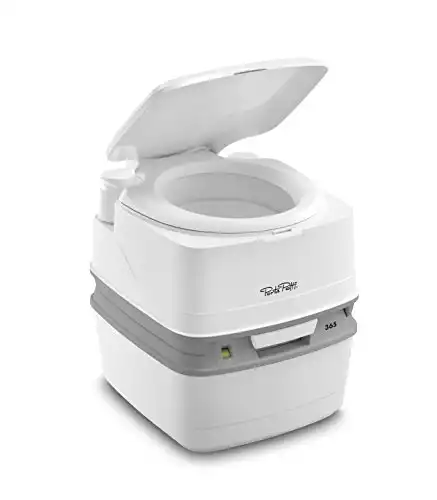
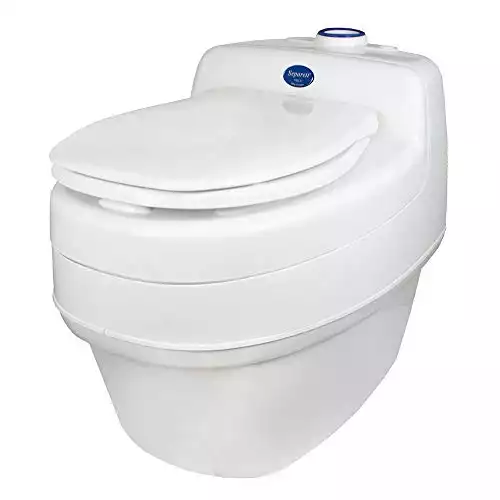
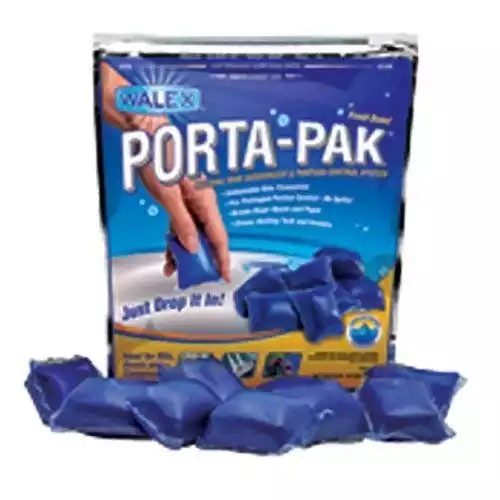
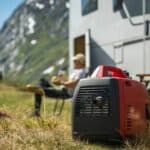


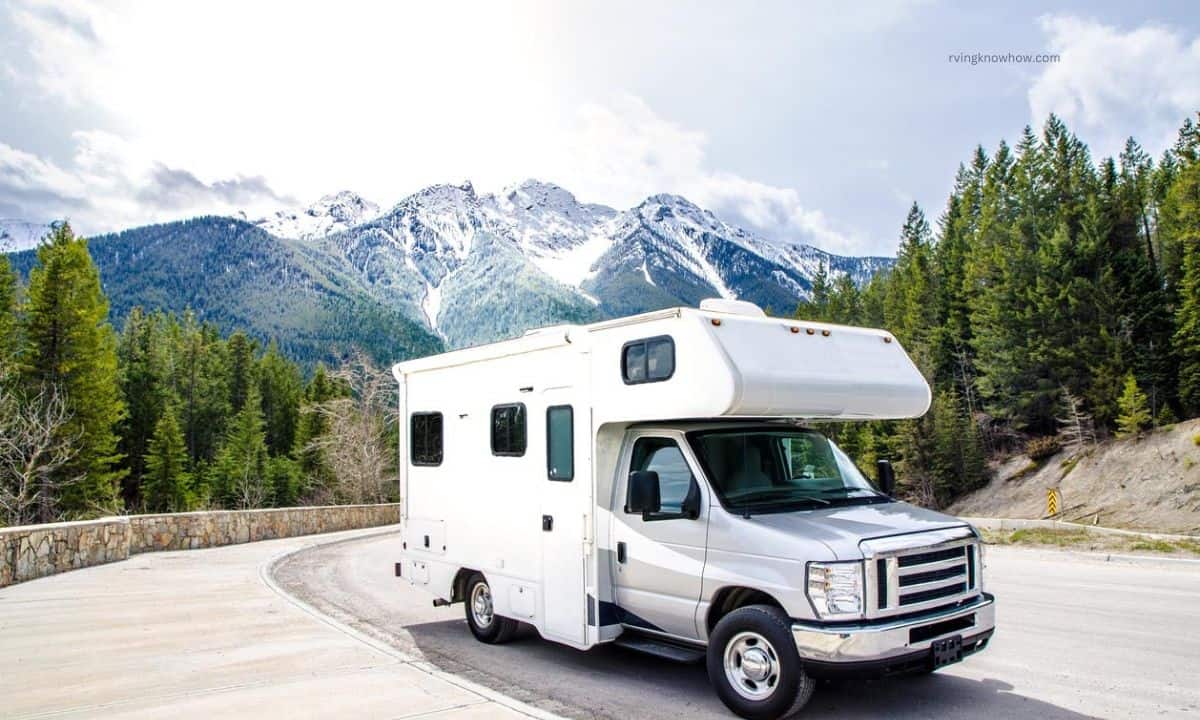
![The 9 Best RV Recliners & Wall Hugger Loveseat to Buy in [currentyear] 10 RV Recliners](https://www.rvingknowhow.com/wp-content/uploads/2020/08/RV-Recliners.jpg)
1 Comment
Bon
9 months agoI love toilet